Hue Imperial Citadel: The Perfect Destination For A Spring Trip
The Imperial City of Hue was a walled fortress and palace belonging to the ancient city of Hue which was the capital city of the Nguyen Dynasty for 140 years dating back from 1805 until 1945.
The ancient capital of Hue is located right next to the quiet Perfume River, built by the Nguyen Dynasty in the 19th century. Despite experiencing many historical events, the Ancient Capital is still a symbol of Hue's mesmerizing and peaceful beauty.
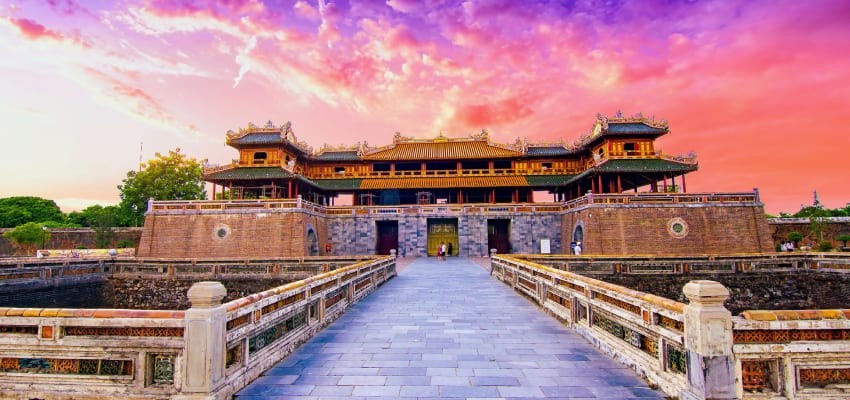 |
| The ancient capital of Hue is located right next to the quiet Perfume River, built by the Nguyen Dynasty in the 19th century. Photo: Hoiantravel |
The grand architecture was planned to be built in 1803 by Gia Long – an emperor who founded the Nguyen Dynasty. During 27 years from 1805 to 1832, the Imperial City of Hue was finally completed under the reign of Minh Mang, making it the most massive structure being built in modern Vietnam involving thousands of workers, millions of cubic meters of stone, and a huge amount of burdenous workload. It is located on the northern bank of the Huong River, turning South with a total land area of 520 ha. The place was made a UNESCO Site in 1993 with the remained buildings being actively restored and preserved after the destruction from the Vietnam-American War.
The south-facing construction covers an area of 520 hectares. There are ten main gates as follows: Chinh Bac Gate, Northwest Gate, Chinh Tay Gate, Tay-Nam Gate, Chinh Nam Gate, Quang Duc Gate, The Nhon Gate, Southeast Gate, Chinh Dong Gate, and North East Gate.
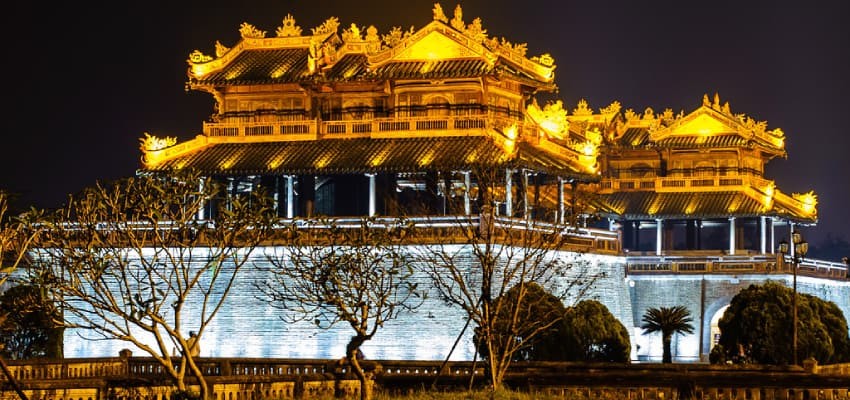 |
| The south-facing construction covers an area of 520 hectares. Photo: Hoiantravel |
With its large space and thousand-year-old ancient beauty, Hue Citadel has been a cultural beauty deeply imprinted in the minds of Vietnamese people. For defense purposes, gates and guarding pavilions were built on the sides of the fortress. Bastions, cannons, and ammo depots were evenly spaced. Besides, a nearly ten-kilometer-long trench system was dug along the city. A man-made river system (Ho Thanh Ha) serves as not only a guarding structure but also a waterway that is over 7 kilometers long (to the west of Ke Van River, the north of the An Hoa River, to the east of the Dong Ba river, along the Huong river to the south).
Hue attracts hundreds of visitors each year, making it a convenient travel spot.
Traveling by plane: Convenient and quick, tourists coming to Hue always choose the plane as their means of transportation. Most airlines currently have direct flights to Hue, making it easier to get to the center. When tourists land at the airport, they can use shuttle services such as taxis or Grab cars to get around.
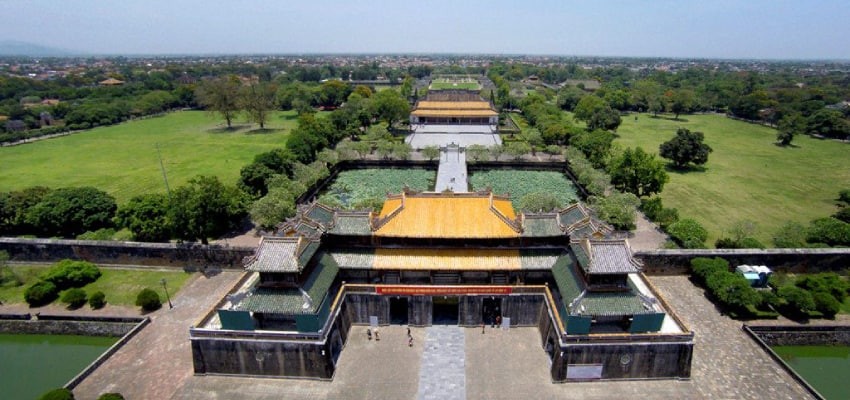 |
| With its large space and thousand-year-old ancient beauty, Hue Citadel has been a cultural beauty deeply imprinted in the minds of Vietnamese people. Photo: Hoiantravel |
Traveling by bus: With the advantage of saving money and time, the bus is also the optimal choice for tourists traveling to Hue's Ancient Capital. Currently, many bus companies will take tourists from Hanoi or Ho Chi Minh City to Hue, with a variety of choices.
Hue Imperial City is open daily from 8:00 AM to 6:00 PM, including on weekends and public holidays. Visitors are advised to check the official website or local tourist information center for any changes to the opening hours.
As of 2023, the entrance fee for foreign visitors is 200,000 VND (approximately $9) per person. At the same time, the entrance fee for domestic visitors is 50,000 VND (approximately $2) per person. The entrance fee includes access to the Forbidden Purple City, the Imperial City, and the many gardens and structures within the citadel.
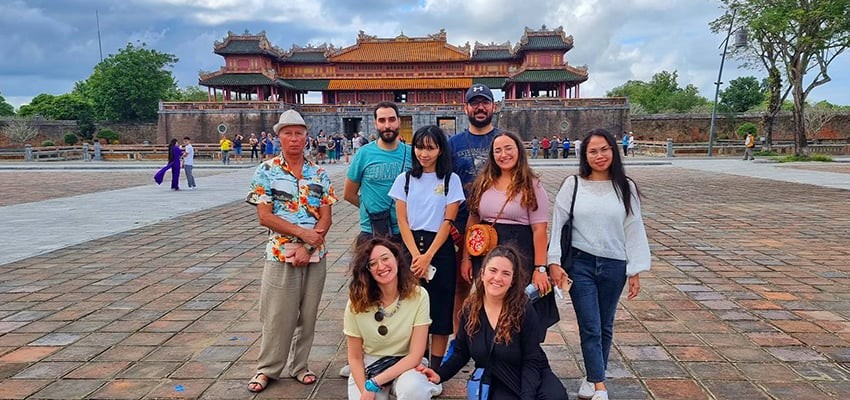 |
| International tourists visit Hue Imperial Citadel. Photo: Hoiantravel |
Visiting the Royal Tombs is a great way to learn more about the rich history and culture of Hue, and to see some stunning examples of imperial architecture.
Some of the most popular tombs to visit include the Tomb of Emperor Khai Dinh, the Tomb of Emperor Tu Duc, and the Tomb of Emperor Minh Mang. Each tomb has its own unique architectural style and history, visitors may want to research in advance to decide which tombs they want to visit.
 | Explore Five Traditional Tet Customs In Vietnam The Lunar New Year (Tet) has long been an important part of Vietnamese culture, and an opportunity for family members to reunite and honor the ... |
 | Bringing Hoi An Lanterns To The World Hoi An lanterns are a distinctive feature of the ancient town of Hoi An, which dates back more than 400 years. Making lanterns is one ... |
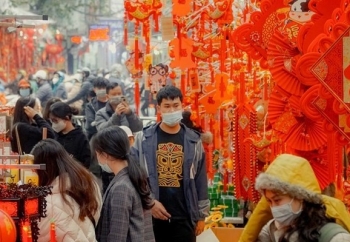 | International Newspapers Introduce Vietnamese’s Tet Holiday Lunar New Year, also known as Tet Holiday (Tet Nguyen Dan), is a festival with long-standing cultural significance in Vietnam, according to international press. |
Recommended
 Handbook
Handbook
Vietnam Moves Up 8 Places In World Happiness Index
 Handbook
Handbook
Travelling Vietnam Through French Artist's Children Book
 Multimedia
Multimedia
Vietnamese Turmeric Fish among Best Asian Dishes: TasteAtlas
 Handbook
Handbook
From Lost to Found: German Tourist Thanks Vietnamese Police for Returning His Bag
Popular article
 Handbook
Handbook
Prediction and Resolution for the Disasters of Humanity
 Handbook
Handbook
16 French Films To Be Shown For Free During Tet Holiday In Vietnam
 Handbook
Handbook
Unique Cultural and Religious Activities to Welcome Year of the Snake
 Handbook
Handbook







